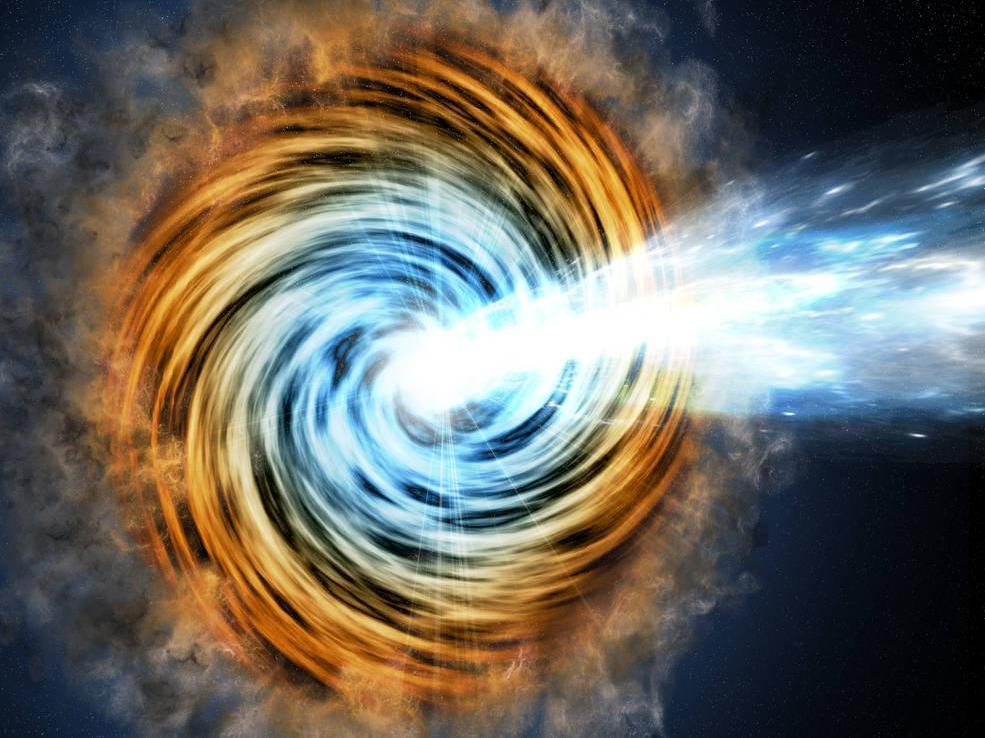2023-05-11 ニューサウスウェールズ大学(UNSW)
◆シドニー大学のエンジニアたちは、ジェリービーン量子ドットと呼ばれる新しいアプローチを提案した。これは、量子ビットペア間の細長い領域であり、ペアの量子ビット同士の相互作用を妨げることなく、配線のためのより多くの空間を提供する。
◆シリコンでジェリービーン量子ドットを実現することができたことで、シリコン量子コンピュータに適用することができるようになった。
◆量子ビットの実装にはさらに作業が必要であるが、今回の発見は、未来の量子コンピューティングの発展を助ける可能性がある。
<関連情報>
- https://newsroom.unsw.edu.au/news/science-tech/jellybeans-%E2%80%93-sweet-solution-overcrowded-circuitry-quantum-computer-chips
- https://onlinelibrary.wiley.com/doi/10.1002/adma.202208557
キュービット結合とオンチップ量子化学のためのシリコン製ジェリービーン量子ドット Jellybean Quantum Dots in Silicon for Qubit Coupling and On-Chip Quantum Chemistry
Zeheng Wang, MengKe Feng, Santiago Serrano, William Gilbert, Ross C. C. Leon, Tuomo Tanttu, Philip Mai, Dylan Liang, Jonathan Y. Huang, Yue Su, Wee Han Lim, Fay E. Hudson, Christopher C. Escott, Andrea Morello, Chih Hwan Yang, Andrew S. Dzurak, Andre Saraiva, Arne Laucht
Advanced Materials Published: 20 February 2023
DOI:https://doi.org/10.1002/adma.202208557

Abstract
The small size and excellent integrability of silicon metal-oxide–semiconductor (SiMOS) quantum dot spin qubits make them an attractive system for mass-manufacturable, scaled-up quantum processors. Furthermore, classical control electronics can be integrated on-chip, in-between the qubits, if an architecture with sparse arrays of qubits is chosen. In such an architecture qubits are either transported across the chip via shuttling or coupled via mediating quantum systems over short-to-intermediate distances. This paper investigates the charge and spin characteristics of an elongated quantum dot—a so-called jellybean quantum dot—for the prospects of acting as a qubit–qubit coupler. Charge transport, charge sensing, and magneto-spectroscopy measurements are performed on a SiMOS quantum dot device at mK temperature and compared to Hartree–Fock multi-electron simulations. At low electron occupancies where disorder effects and strong electron–electron interaction dominate over the electrostatic confinement potential, the data reveals the formation of three coupled dots, akin to a tunable, artificial molecule. One dot is formed centrally under the gate and two are formed at the edges. At high electron occupancies, these dots merge into one large dot with well-defined spin states, verifying that jellybean dots have the potential to be used as qubit couplers in future quantum computing architectures.



